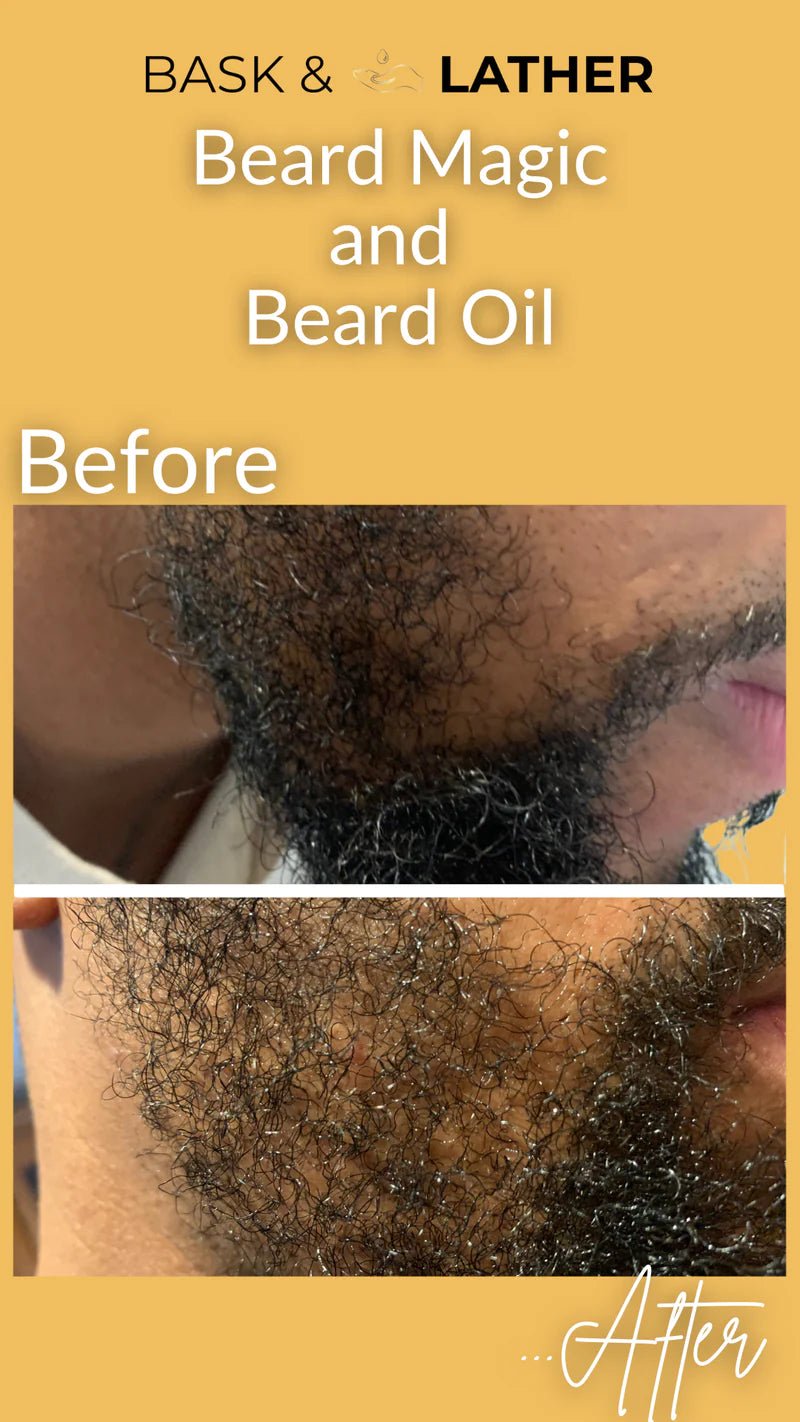Image Source: Stylist
Protective Styles for 4C Hair
What are protective hairstyles? It is a hairstyle that is used to protect your naturally curly hair, keep it healthy, and help growth. Protective hairstyles are an important part of African culture, specifically those with natural curls or a 4C hair type. This is because curly hair is drier and more prone to breakage than other hair types.
What type of alopecia do people with 4C hair get?
Traction Alopecia is a form of hair loss as a result of tight hairstyles that pull on the roots. It is a common misconception that a protective hairstyle should hurt or cause irritation. Protective hairstyles should not hurt, they are to help protect hair from damage to help natural hair growth. Men and women with 4C hair who experience traction alopecia or are looking for preventive methods should look into gentle hairstyles. Here is a list of four low-tension protective hairstyles:
Twisted Chignon
A twisted chignon is a loosely knotted or wrapped bun. This style can be elevated by adding twists or loose braids. The goal is to keep your natural hair styled in a way that reduces tension on your roots while protecting your hair from excessive damage. This gentle protective style is great for summer or for holidays by keeping your hair light.

Image Source: StyleCraze
Crochet Locs
Crochet locs mimic box braids, passion twists, and other loc styles while reducing tension on the roots and scalp. First, you must cornrow your hair, then the locs are looped into the cornrows with a hook. You can change this style by adding twists or braids. Crochet locs are a great summertime protective style to show off your personality in your vacation pictures.

Image Source: Pinterest
Two-Strand Twists
Two-strand twists leave room for scalp maintenance, it’s easy to wash and is pain-free. This is a flexible, low-tension hairstyle perfect for hair health and lasts for a few weeks. Two-strand twists are excellent for those who are not great at braiding or who want something other than braids. You can make big or small two-strand twists depending on the look you are going for.

Image Source: Byrdie
Knotless Braids
If you are going to use braids for your protective hairstyle, try knotless braids. This protective style causes less tension on your scalp and hair roots. You use less added hair, which leads to less weight and pulling, and it allows room for scalp maintenance and washing. If you want a box braid look but do not want the heavy weight, try knotless braids instead.

Image Source: Hairstyle Camp
How do low-tension hairstyles help with traction Alopecia?
When dealing with traction alopecia with curly hair, it is important to use low-tension and comfortable protective hairstyles. Doing so will allow your hair to avoid unnecessary breakage and dryness from constant washing and styling while giving your roots a chance to recover from heavier hairstyles. Utilizing hairstyles such as twisted chignon, crochet locs, two-strand twists, or knotless braids over box braids or passion twists allows your 4C hair to grow and heal from the roots to the tips.
Please remember that a protective hairstyle should be low-tension and comfortable. It should not be pulling too hard on your scalp or be painful. Also, it is recommended to take breaks in between styles to treat and hydrate your hair.
Hair Care Products for Alopecia
If you are looking for more ways to treat hair loss, try our variety of hair care products designed to help those with alopecia. We offer everything from hydrating hair mist to shampoo and conditioner. We also offer beard oil, scalp stimulator oil, and lash serum. These products target the scalp and roots with ingredients that help hydrate and nourish your hair. In turn, these alopecia hair products make it easier for your hair to grow out strong and healthy.
Learn more about which products are best for your hair by taking our hair quiz. Our hair products are 100% natural and great for 4C hair. Be sure to check our product guide to see which products are best for protective hairstyles and how to apply them.



